3 Ways you could be attacked when using Public Wi-Fi
3 WAYS YOU COULD BE ATTACKED WHEN USING PUBLIC WIFI
By Jeandre de Beer / Kim Komando
When you’re out of the office and running out of data on your cellular plan, finding free public Wi-Fi is easier than ever before, but free public Wi-Fi comes with a cost – security risks.
You can find free Wi-Fi hotspots everywhere, and you can even search for them before you travel using an app like Free Wi-Fi Finder. Just keep in mind that crooks have several ways to steal your information when you’re using a free Wi-Fi hotspot.
Here are three of the most popular methods, and some tips on how to protect yourself.
1. Fake Wi-Fi networks
Most free Wi-Fi comes courtesy of a coffee shop or hotel, but that free network might actually be a hacker-run router.
Hackers have no problem setting up a router in a public area and naming it something like “coffee shop Wi-Fi” or “free hotel Wi-Fi.” It might even use the name of a business in the area. Plenty of people will connect without thinking.
A hacker might also set up next to a legitimate Wi-Fi network and give his network the same name. Even if you spot the duplication in the network list, you won’t know which one is safe.
Once you connect to the hacker’s network, he can start scanning your gadget for weaknesses and infect your device with viruses or spy on your browsing. He can also redirect your browsing so you end up on malicious websites.
How do you stay safe?
Well, staying off public Wi-Fi is the safest option, but that kind of misses the point. Instead, make sure you check with the business you’re visiting to verify the name of the Wi-Fi network – many places will require you to get a password anyway.
Then, make sure you scroll through the list of networks in the area. If you spot more than one with the same name, rather do not connect to any of them. You can’t be too careful.
Make sure your gadget’s operating system is up to date, along with the browser and security software. That way, there won’t be too many holes for hackers to exploit.
You can also grab a VPN app to encrypt your connection. That way, hackers won’t be able to intercept what you’re sending and receiving.
2. Packet sniffing
Of course, you don’t have to connect to hackers’ routers for them to snoop. Being on the same legitimate network is enough to cause trouble, thanks to packet sniffing.
When you send and receive data over the Internet, the information is sent in millions of tiny packets. Hackers use packet sniffers to intercept these packets and read them to see what you’re doing.
That includes intercepting usernames and passwords, reading your email, texts or social media posts and seeing what sites you’re visiting. This takes some tweaked hardware and special software, but it isn’t anything a competent hacker can’t put together.
To protect yourself, you can use a VPN app or site to create an encrypted connection. You’ll also want to avoid visiting important sites, such as banking sites, on public Wi-Fi.
If you must bank on the go, use the bank’s app on your smartphone or tablet over a cellular connection.
3. Shared folders
Most people use Wi-Fi networks to access the Internet, and it’s easy to forget that the whole point of networking is to share information among computers or gadgets on the same network.
If your gadget is set to share folders automatically, then anyone – not just a hacker – can see what you’re sharing while you are connected to a public Wi-Fi network.
Windows Vista, 7 and 8 make it simple to automate your sharing settings. When connecting to a public hotspot for the first time, Windows asks for a location type. Make sure you set it to “public.” This will automatically modify sharing settings for maximum safety.
On a Mac, go to System Preferences>>Sharing and make sure all the sharing boxes are unchecked. You’ll have to turn on the controls again when you want to share files on your home or work network.
When it comes to file sharing on public Wi-Fi, the rule is: Share Nothing.


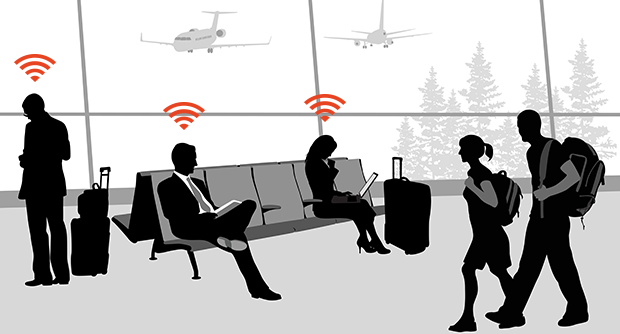

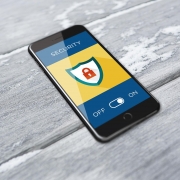
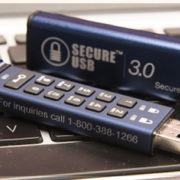
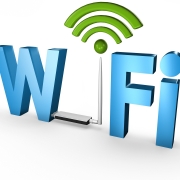

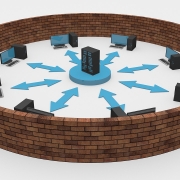




Leave a Reply
Want to join the discussion?Feel free to contribute!